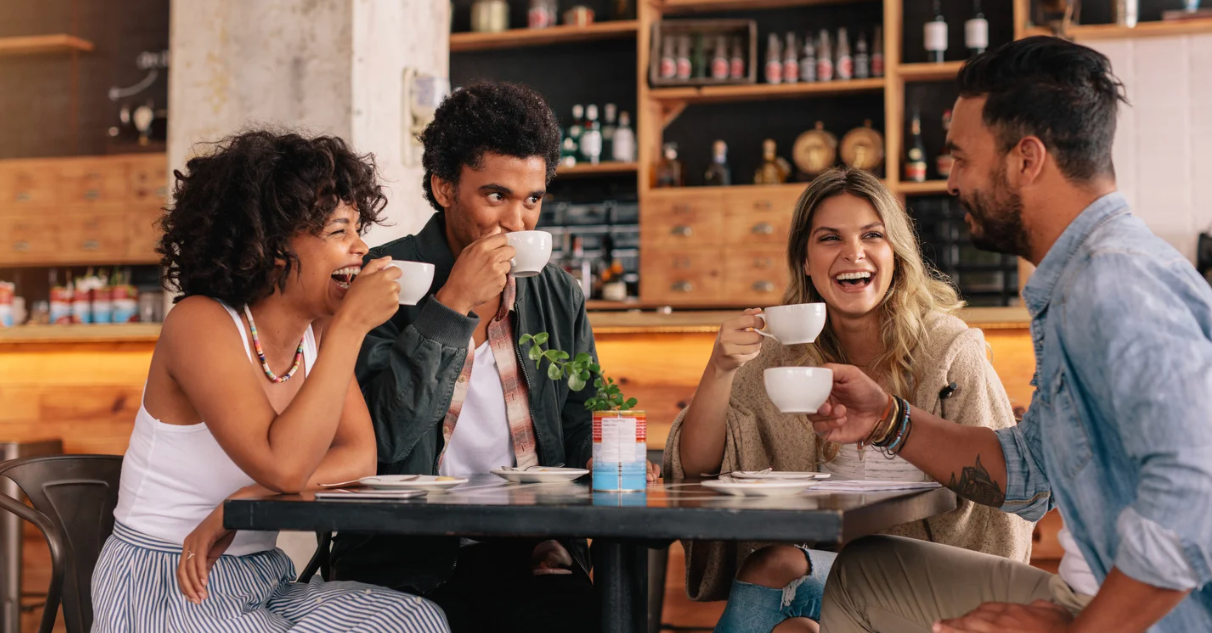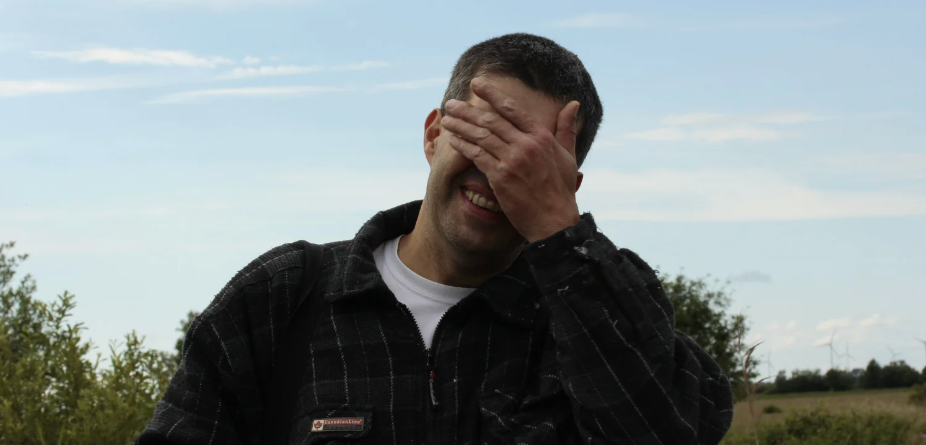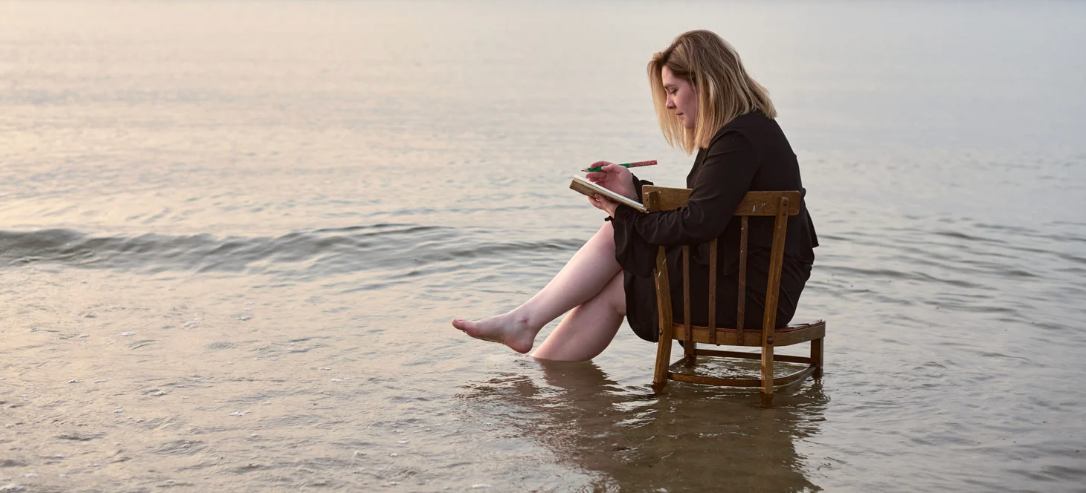5 things you may not have known about Ben and Jerry before their protest arrest.
Ben Cohen and Jerry Greenfield of Ben & Jerry's Ice Cream have done some pretty cool things.
The hippie ice cream moguls have made innumerable contributions to the American snack lexicon and have crafted some of the most delightfully indulgent ice cream concoctions in history.
Photo by Alberto E. Rodriguez/Getty Images.
Honestly, where would America be without Cherry Garcia? Half Baked? Phish Food?! If this duo hadn't shoved potato chips into a quart of vanilla caramel ice cream back in 2011, we'd all just be sitting around our homes wondering if dreams really do come true.
Beyond an incredible knack for inventing ice cream flavors you didn't even know you needed, Ben and Jerry tout a long and proud history of social consciousness and responsibility.
It was this long history that came to a head on Monday, April 18, 2016, when the two co-founders were arrested outside the U.S. Capitol. Ben and Jerry were taking part in the "Democracy Awakening" protest that converged on the Capitol building and led to the arrests of over 300 people.
Democracy Awakening, which is tied to the "Democracy Spring" protests that occurred earlier in April, is a protest to "protect voting rights, get big money out of politics and demand a fair hearing and an up or down vote on President Obama's Supreme Court nominee."
The Democracy Awakening protest in Washington D.C. Photo by Mike Theiler/AFP/Getty Images.
It's kind of awesome that Ben and Jerry care so much about social issues that they're willing to get publicly arrested defending them.
There are a lot of issues that Ben and Jerry care about as individuals and as a company — issues they've folded into their company as naturally as they fold caramel ribbons into ice cream.
Here are five issues you may not have known Ben and Jerry really care about:
1. They want the government to fight climate change.
Warming temperatures means melted ice cream, drowning cities, global famine, and general catastrophe.
Whichever of those is the scariest to you, Ben and Jerry have done their part to educate and participate in the climate movement for a long time. They even made a video showing what happens to ice cream when it's just 2 degrees warmer:
GIF via Ben & Jerry's/YouTube.
It might look delicious, but it would be pretty disastrous for the planet.
2. They want the "dough" out of politics.
Dough as in money, obviously. That's their pun, not mine.
The issue of corporate influence on our elections has been front and center in the 2016 election. In fact, it was one of the biggest issues in the Democracy Awakening protests. So you can bet that it's one Ben and Jerry care about a lot:
"At Ben & Jerry’s, we love dough so much, we invented Cookie Dough ice cream. But dough doesn’t mix so well with democracy. In fact, there’s so much big money flooding into our elections in the United States that the voice of regular folks is being drowned out."
Ben Cohen also made his own Bernie Sanders-themed flavor after the Iowa Caucus called "Bernie's Yearning," which claims to be made of "political revolution." Mmm. Delicious political revolution.
3. They want the farmers they work with to be treated fairly.
Ben & Jerry's gets its ingredients from all over the world, including from many developing countries. For example, they get vanilla from Uganda, coffee from Mexico, and even bananas from Ecuador.
A cocoa farm in Ecuador. Photo by Rodrigo Buendia/AFP/Getty Images.
Ben and Jerry want the farmers who produce those ingredients to be treated respectfully, paid fairly, and of course, to use environmentally conscious practices.
"Ben & Jerry's is committed to sourcing Fairtrade ingredients as a way to improve the livelihoods of small family farmers around the world. As of January 2015, all of our pint, mini cup and scoop shop flavors are made with Fairtrade certified ingredients like sugar, cocoa, vanilla, coffee, and bananas."
Now that you know that, you won't have to feel as guilty when you "accidentally" eat a whole pint in one sitting.
4. They want LGBT equality. Because duh.
And even though marriage equality was declared law by the Supreme Court last summer, Ben and Jerry know that the fight is far from over.
"There’s more to be done, and we’re certainly not done yet! LGBT folks still face discrimination in housing, employment, and health care. Thirty-one states have no laws protecting the LGBT community from discrimination. And the statistics around violence based on sexual orientation or gender identity are startling and sobering."
In 1989, Ben & Jerry's was said to be the first company in Vermont to offer health insurance to domestic partners of employees including same-sex couples. Which, as they note, shouldn't have been a revolutionary gesture.
Since then, they've fought and continue to fight for equal rights for the LGBT community. It makes a lot of sense because, admit it, no matter who you love, you probably love ice cream just a liiiiittle more.
Photo by Jamie McCarthy/Getty Images for Ben & Jerry's.
5. They want world peace. Yeah. That's right.
No goal is too lofty or idealistic for the people that dreamed up Chunky Monkey. Ben & Jerry's is committed to creating a peaceful society. They're basically the opposite of a Bond villain.
It's not just a psychedelic tree-hugging fantasy either. They have a plan.
They're constantly supporting political efforts, grass-roots movements, and business relationships that will help usher us toward world peace. If that's not a worthy issue, I don't know what is.
Photo by Jamie McCarthy/Getty Images for Ben & Jerry's.
When Ben and Jerry were arrested on Capitol Hill, it wasn't because they wanted to break the law. It was because they were fighting, as they always have, for a better world.
Ben and Jerry might just make ice cream, but their commitment to social consciousness makes them so much more.
When Ben Cohen and Jerry Greenfield lay their heads down to sleep (possibly on a prison-issue pillow) they probably dream of ice cream — ice cream made with fair trade ingredients and consumed by a peaceful, equal, and loving population.
That's a pretty awesome Americone Dream if you ask me.




 Beaver on riverbank.
Beaver on riverbank.  Pbs Nature Swimming GIF by Nature on PBS
Pbs Nature Swimming GIF by Nature on PBS  An actual beaver dam on the now-thriving Price River
An actual beaver dam on the now-thriving Price River 
 11-year-old writes heartfelt letter to PE teacher disputing her grade and sparks heated debate
11-year-old writes heartfelt letter to PE teacher disputing her grade and sparks heated debate  An unfortunate volleyball hit.
An unfortunate volleyball hit.  You deserve a trophy!
You deserve a trophy! 
 Woman in denim jacket covers face with sleeve, standing outdoors with blurred background.
Woman in denim jacket covers face with sleeve, standing outdoors with blurred background. Woman with outstretched arms in a sunlit field, enjoying the outdoors.
Woman with outstretched arms in a sunlit field, enjoying the outdoors. Lush forest with vibrant green and orange foliage in soft, misty sunlight.
Lush forest with vibrant green and orange foliage in soft, misty sunlight. Friends laughing and drinking coffee at a cozy cafe table.
Friends laughing and drinking coffee at a cozy cafe table. Woman with curly hair in sunlight, eyes closed, wearing a purple top.
Woman with curly hair in sunlight, eyes closed, wearing a purple top. Man smiling with hand over face, standing outdoors against a blue sky background.
Man smiling with hand over face, standing outdoors against a blue sky background. Hand painting a still life on canvas with blue and orange tones.
Hand painting a still life on canvas with blue and orange tones. Woman sitting on a chair in the water, writing in a notebook at sunset.
Woman sitting on a chair in the water, writing in a notebook at sunset.

 An elderly couple walking in the park.via
An elderly couple walking in the park.via